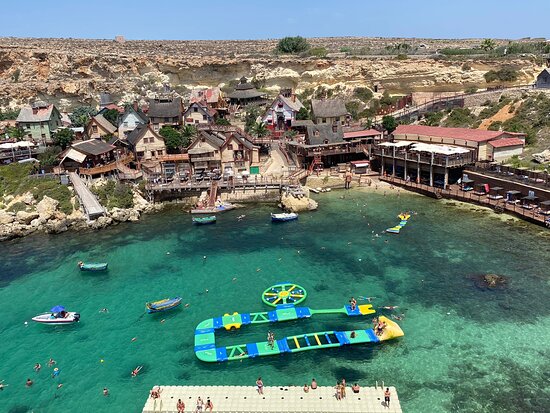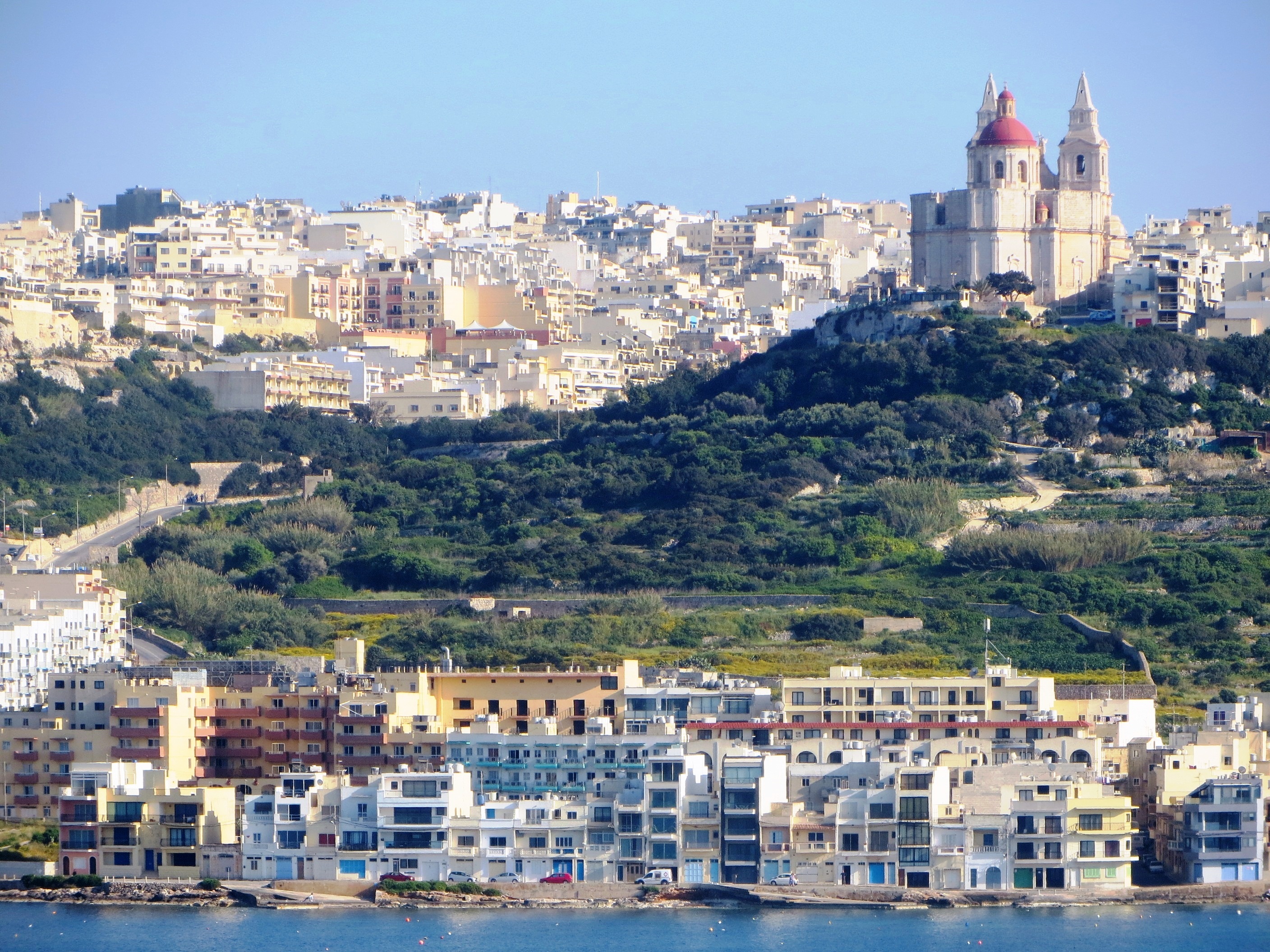Malta, independent republic
Malta, independent republic in the Commonwealth of Nations, consisting of a small group of islands—Malta, Gozo, Kemmuna, Kemmunett, and Filfla—located in the Mediterranean Sea south of Sicily.
The area of the largest island, Malta, is 246 sq km (95 sq mi); of Gozo, 67 sq km (26 sq mi); and of Kemmuna, 3 sq km (1 sq mi). The combined area of Kemmunett and Filfla is 0.3 sq km (0.12 sq mi). The total area is 316 sq km (122 sq mi). The capital and leading port of the country is Valletta, a world heritage site (population, 1997 estimate, 7,172). The population of Malta (2000 estimate) is 383,285. The overall population density is 1,212 persons per sq km (3,138 per sq mi).
Manufacturing for export, ship construction and repair, and tourism are Malta’s chief industries. Major manufactures include processed food and beverages, textiles and clothing, furniture and wood products, printing and publishing, tobacco products, transportation equipment (especially ships), mac hinery, rubber and plastic goods, and chemicals. Tourism is increasingly important; the country had 1.2 million visitors in 1998. Shipping-related industries are vital to Malta’s economy. These industries include shipbuilding facilities, naval construction and repair facilities, and transshipment centers.
hinery, rubber and plastic goods, and chemicals. Tourism is increasingly important; the country had 1.2 million visitors in 1998. Shipping-related industries are vital to Malta’s economy. These industries include shipbuilding facilities, naval construction and repair facilities, and transshipment centers.
Most of Malta’s agricultural products are cultivated on small terraced slopes. The principal crops include potatoes, tomatoes, melons, wheat, and citrus fruits. Some poultry, rabbits, cattle, goats, and sheep are raised. Because the population is dense and the soil is poor, Malta must import most of its food. Just 3 percent of the labor force is employed in the agricultural sector.
In 2020 Malta’s gross domestic product was $14.6 billion. In 2020 exports earned $4.8 billion, and imports cost $5.3 billion. Malta’s trade deficit makes the country highly dependent on foreign markets and services. Principal exports include clothing, transportation equipment, basic manufactures, and machinery, and principal imports are machinery, textiles, chemicals, raw materials, fuels, and food. The chief purchasers of Malta’s exports are France, the United States, Germany, Singapore, and the United Kingdom; leading sources of imports are Italy, France, the United Kingdom, Germany, and the United States.
The Euro is the currency. All major credit cards and traveler’s cheques are accepted.
The islands
The Maltese are predominantly Roman Catholic and speak
According to the terms of the constitution of 1964, substantially amended in 1974, Malta is a democratic republic. The head of
The many ancient monuments and remains on Malta attest to the great age of its civilization. Remains from Stone Age and Bronze Age peoples have been found in subterranean burial chambers near Rahal Gdid. The islands became a Phoenician colony about 1000 BC. In 736 BC they were occupied by 
In 1798 Napoleon invaded and occupied the islands during his Egyptian campaign. Unwilling to be ruled by France, the Maltese appealed to Britain, and in 1799 the British naval officer Horatio Nelson besieged Valletta and compelled the withdrawal of the French. By the terms of the Treaty of Paris, in 1814, Malta became part of the British Empire as a crown colony. The Maltese increasingly demanded self-government during the 19th century. In 1921, as a reward for its help during World War I, the colony was given a constitution that provided for a legislature elected by the inhabitants. The strategic position of the islands made Malta the object of many Italian intrigues. In 1936, because of increasing Italian influence, the constitution was revoked. During World War II (1939-1945) Allied fighter planes and submarines were based on Malta. Consequently, Malta withstood heavy bombing by the German and Italian air forces; in 1942 George VI, king of the United Kingdom of Great Britain and Northern Ireland, awarded the colony as a whole the George Cross for heroism.
A constitution effective on November 1, 1961, gave Malta internal self-government. In the campaign preceding the first election under the new constitution, the Labour Party called for independence outside the Commonwealth; the Nationalists, the other major party, which advocated independence within the Commonwealth, won the election, and their leader, George Borg Olivier, became prime minister. Malta became independent on September 21, 1964, and a United Nations member on December 1.
In elections in June 1971, Olivier’s Nationalist Party was defeated by the Labour Party, and Dominic Mintoff became prime minister of a Labour cabinet. He changed the form of the island’s government to that of a republic in 1974.
In the subsequent years the country’s politics became violently polarized, and Mintoff was accused of strong-arm tactics. Claiming nonalignment in international affairs, the country declined in 1979 to renew the agreement under which British troops of the North Atlantic Treaty Organization (NATO) had rented facilities on the island. Malta and Libya cooperated closely in the late 1970s, but relations were strained in 1980 by a dispute over oil-drilling rights in Mediterranean waters. In December 1981 Mintoff’s government won a mandate for a third five-year term in office; in December 1984, however, Mintoff resigned and was succeeded as prime minister by his education minister, Carmelo Mifsud Bonnici. After 16 years out of power, the Nationalist Party won the national election of May 1987, and its leader, Eddie Fenech Adami, became prime minister.